Cotton yarn has such properties as hydroscopy and air permeability. It is able to dry quickly and absorb up to 20 times its own weight.
Parameters
Cotton yarn is obtained from the fiber that covers the seeds of the cotton plant. Like flax, it is obtained from plant varieties. Fiber production is carried out on the basis of GOST 3279-76. The length of the fiber affects the quality. Longer fibers have better characteristics. The processing method also affects the characteristics of the threads.
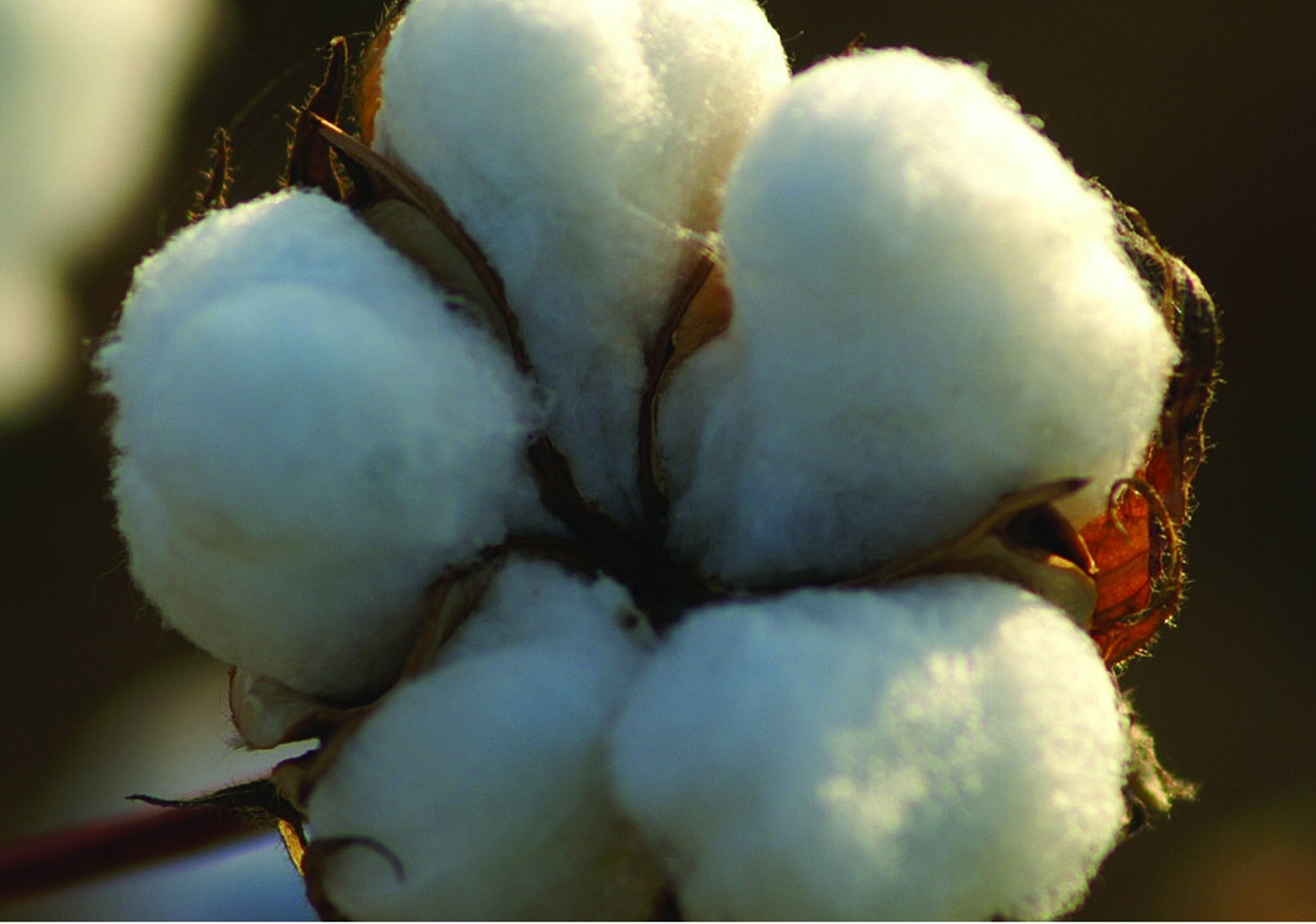
Fibers are produced in two ways:
- In natural bleached form.
- In mercerized form. During the mercerization process, the threads are treated with a solution of caustic soda, while the fiber is simultaneously stretched.
Finishing is a method of processing in which threads acquire new properties. This can be rigidity or wrinkle resistance. The processing can also give the yarn water-repellent, dirt-repellent and oil-repellent properties. In this case, the threads are treated with a special liquid agent.
Properties
Cotton threads are very popular among knitters. A wide range of textures and colors is produced. Any items can be knitted from it: a tablecloth, a jacket, a panama hat.
The main common properties of all types of cotton fibers are hygiene and resistance to various detergents. For their positive qualities, they are used for knitting baby clothes. Their properties are similar to viscose.
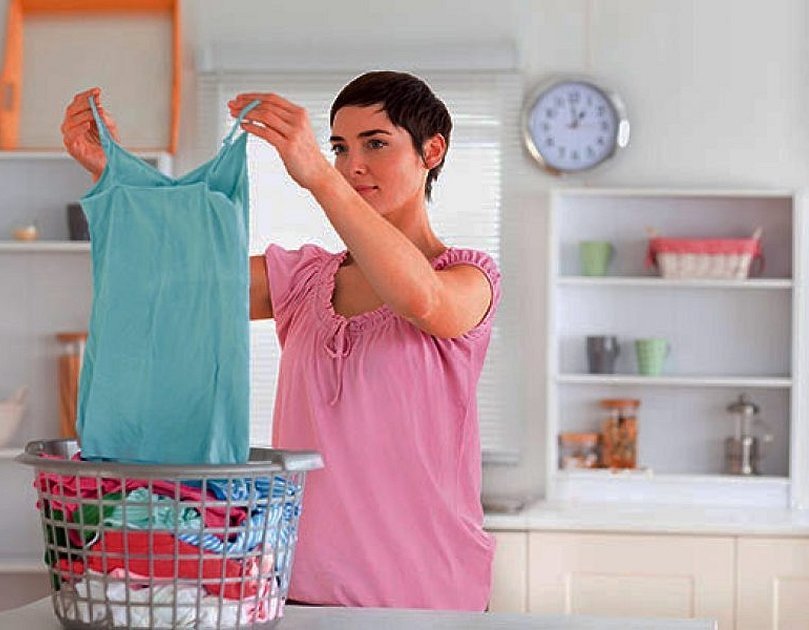
Important! It is worth noting that if organic yarn with 100% cotton content is used, the fabric made from it is not very elastic.
Distinctive features:
- The fabric made from it is durable, soft and pleasant to the body. However, it is not as durable as silk.
- This material is easy to wear.
- It is heat-resistant. It is able to absorb water well and at the same time it does not feel wet.
- Hypoallergenic. Highly resistant to alkalis, but is destroyed by acids.
- Yarn is a heavy material. It is not resistant to the influence of bacteria and microorganisms. If the threads are in dampness for a long time, they begin to mold and rot.
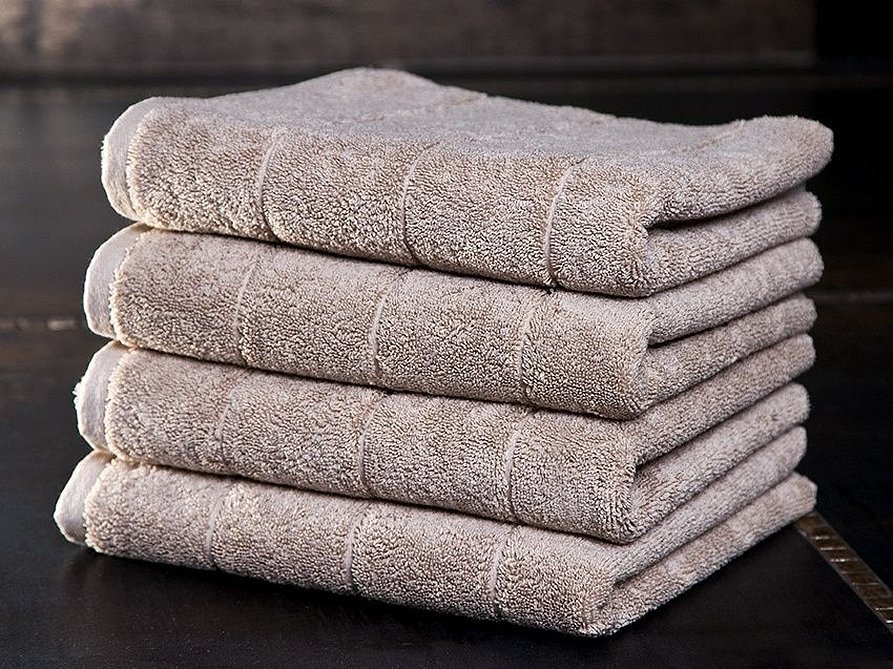
- The natural look can only be dyed in faded colors.
- Mercerized type can be dyed in bright and rich colors. It can also shine a little. This type looks much better. It is more durable, but has less stretch. This is a big advantage, since the usual fabric is not durable. Also, this type shrinks more after drying.
- The mercerized type has softer and more delicate to the touch threads.
- After finishing, the cotton fabric becomes wrinkle-resistant and shrink-proof.
If the threads have undergone a double mercerization process, then all its positive qualities are doubled. Mercerized types of fabrics are more expensive than regular ones.
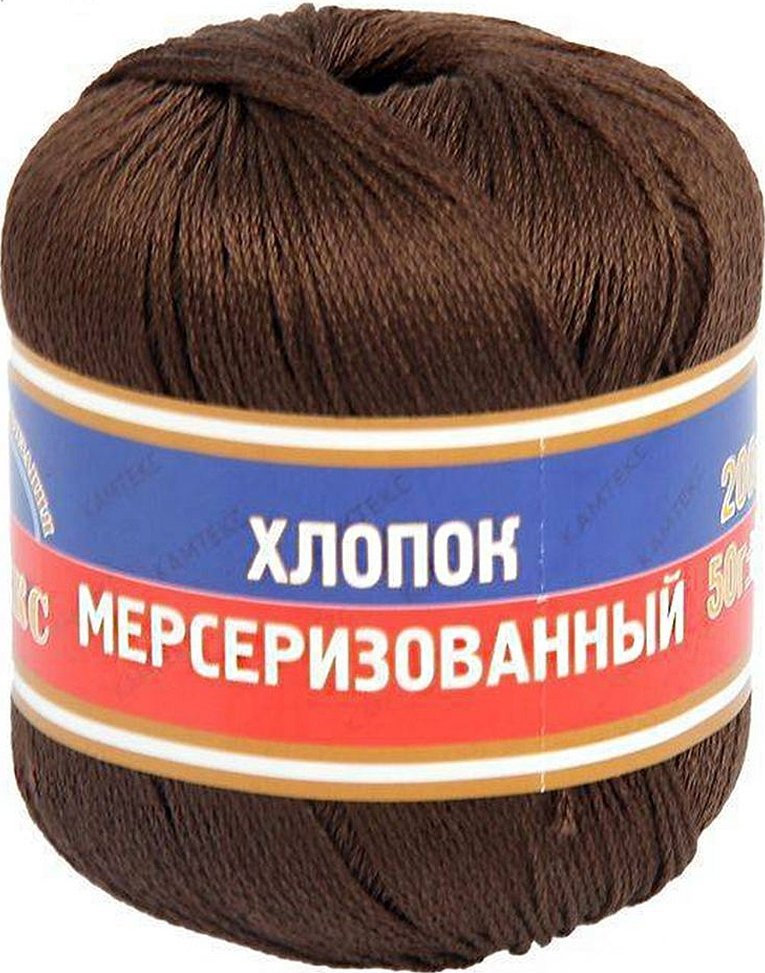
Cotton fibers retain dirt more than other types of yarn. This is due to the fact that the fibers are loose and bumpy. Dirt is retained better on these types of surfaces. If the item can be boiled, it can be washed in a washing machine. The water temperature should be 90 degrees. If the linen is colored, the water temperature should be 40 degrees. Drying in a machine is possible only if there is a special symbol on the product label.
These items can only be ironed if they are damp. The iron temperature should be set to the temperature recommended on the item's label. The ironing temperature depends on how the threads are treated: mercerized or finished.
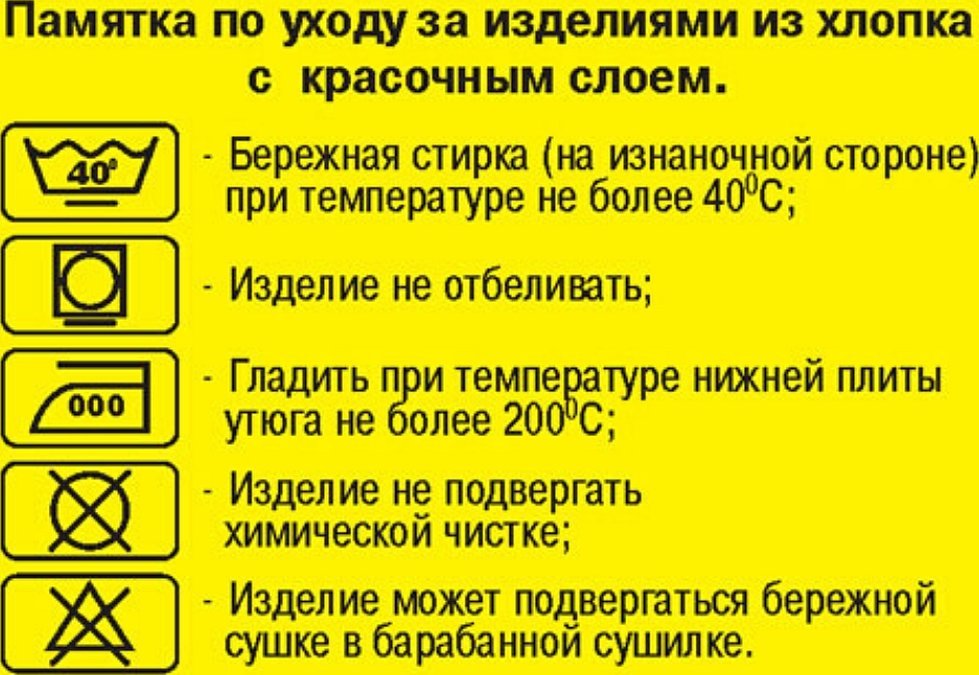
Types
Cotton threads can be divided into two large groups:
- Mercerized type. These threads are very popular. Usually manufacturers use the Egyptian type for this process, which has long fibers. This process was invented by the English scientist George Mercer.
- Non-mercerized type. It is distinguished by its resistance to various chemicals. After prolonged exposure to light and water, the material retains its properties for a long time. It is also hygroscopic, hypoallergenic and heat-resistant.
Egyptian cotton can be singled out as a separate group. They have the greatest length and strength. It does not shrink when washed. It is also hypoallergenic, hygroscopic and breathable.
Important! Natural 100% cotton threads also have some disadvantages. Among them are strong shrinkage when washing and such things wrinkle a lot. For this reason, it is worth taking samples and measuring their sizes before and after washing.

What can be connected
Knitting from cotton is a fairly simple process. A wide variety of knitted items, tablecloths, and napkins are knitted from it. Due to its properties, various patterns can be made from this type of fiber. For example, a pearl pattern. Due to their positive properties, these threads are often used for knitting children's items.

The popularity of cotton products is due to the following advantages:
- Cotton threads are well suited for summer clothing and accessories, due to the fact that the fiber is very light.
- The products can be worn on the naked body.
- Cotton items can be dyed in any color. For example, grass, violet, etc. Regardless of the original color, the item can be dyed in the shade that best meets all requirements.
- Cotton products are durable and wear-resistant. They can be washed in a washing machine. With each wash, the material becomes silkier and softer.
- Cotton products retain their shape well.
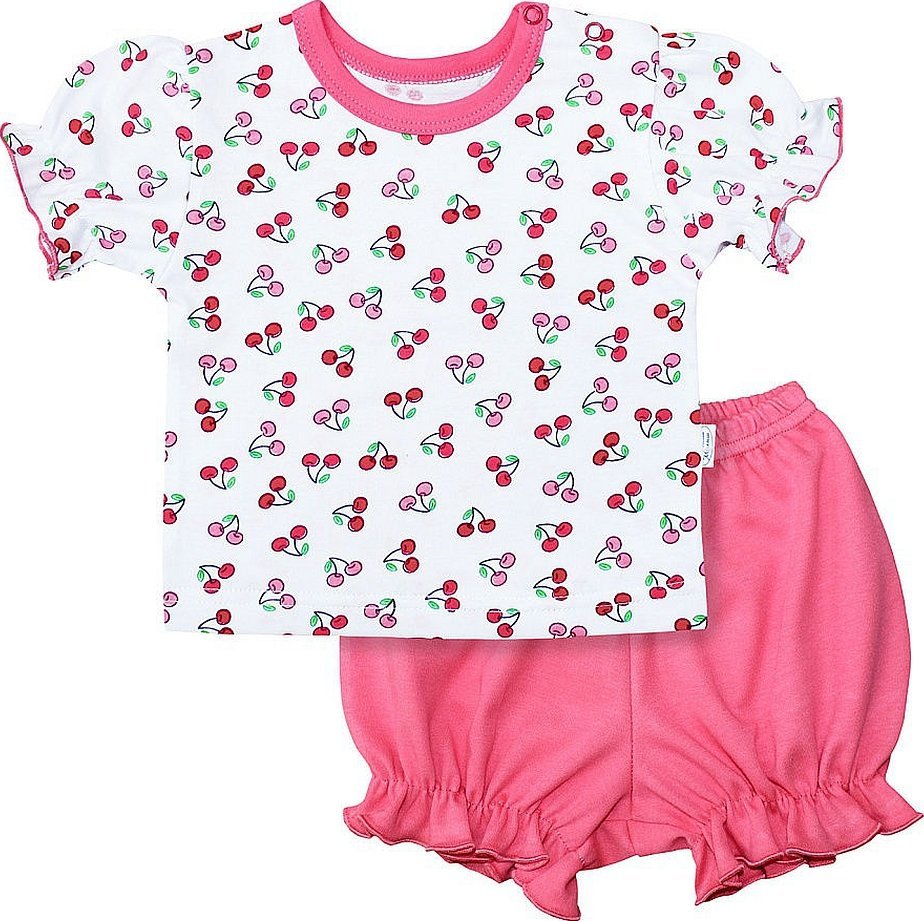
However, cotton products have some disadvantages:
- Dark thread colors can shed a lot.
- These threads, having absorbed moisture, become heavy, causing them to stretch and sag.
- Products may be slippery.
- Cotton fiber is inelastic. For this reason, knitting with these threads becomes more difficult, as it is not easy to maintain uniform tension.
Important! It is better to knit from cotton with a tight knit, as the weight can lead to stretching of the product. Especially if it is wet.
Knitting with cotton yarn is best done with bamboo or wooden knitting needles. If knitting seems too heavy for your hands, it is better to stop knitting for a while. To make the fabric shine a little, it is worth choosing mercerized types.
To obtain a more reliable fabric, it is worth choosing knitting needles of a smaller size than that recommended by the manufacturer.

It is better to knit items from mixed types of threads. For example, yarn 50 m 50 g cotton. Often when knitting, cotton and acrylic or wool are combined. Before knitting, it is worth making a sample first. The sample must be washed and checked how it will change and whether it will fade. If you plan to knit with several colors, then all colors must be used in the sample to make sure that one color will not fade to another. To preserve the color when washing, it is worth adding 1 tablespoon of vinegar to the water. Cotton items cannot be hung to dry, as they will stretch. Drying must be done on a flat and horizontal surface.
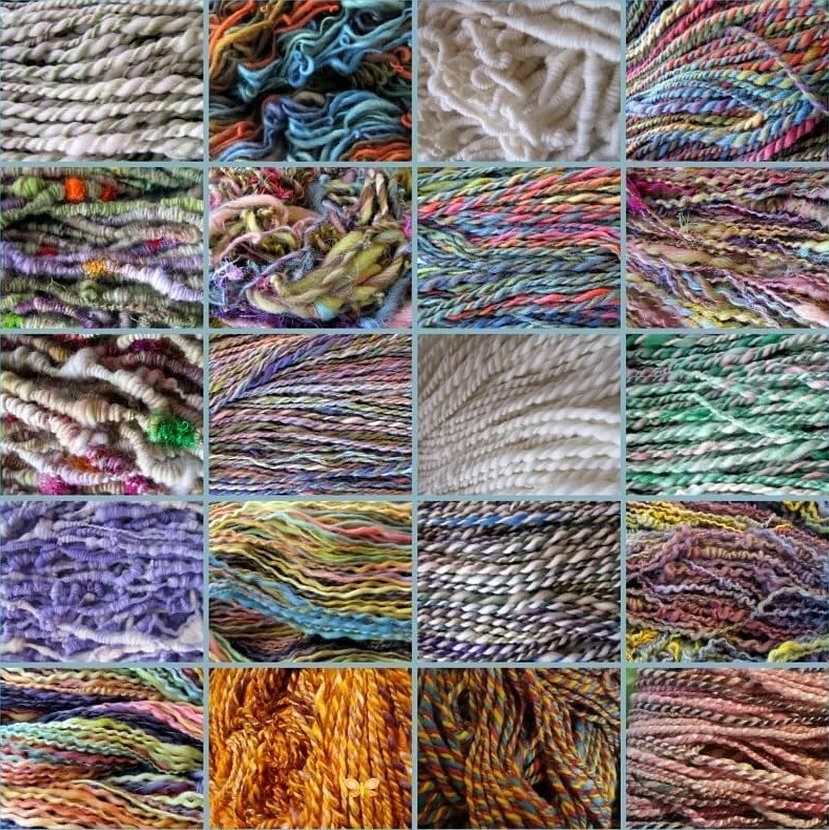
Cotton products have many advantages. For this reason, cotton fibers are popular among knitters.




